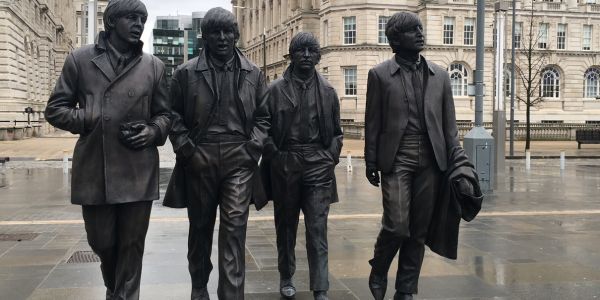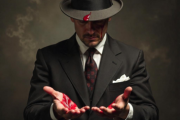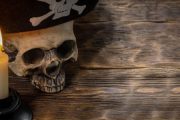In 1962 The Beatles auditioned for Decca Records in London. Most people have heard the story of how they were promptly rejected by Decca A&R man Dick Rowe but shortly afterwards went on to fame and fortune at rival EMI. As The Beatles are the most successful musical act of all time, one wonders why Decca did not want to sign them. Rowe offered some explanation in a 1975 interview in the New Musical Exchange, “We knew The Beatles would eventually sell over 200 million discs. At the time, we didn’t think our accounting systems could handle that level of sales. Also, I didn’t like George Harrison’s tie.”
Sounds like a cop-out to me.
The Beatles are not the only hot band that was initially rejected. In fact, some chart-topping performers were rejected many times before they finally inked a contract. Deep Purple was turned down five times. The Talking Heads three times. Doug Fieger, lead singer of The Knack (the most popular group of 1979 with single “My Sharona”), said they got the finger from “every record company in LA, New York and London.” In the end, they were signed by Capitol, by the same people who had rejected them four times before. And, it’s still going on…
The phenomenon of people whose job it is to recognize talent but who are unable to recognize talent isn’t limited to the recording industry. Many best-selling writers have collected wagonloads of pink slips. Harry Potter author J.K. Rowling has now sold 600 million books but first got turned down by 15 publishers.
For a long time, it was thought these rejections were random events. But a deeper analysis shows there is a connection. It all begins with Dick Rowe of Decca. He had two children, Roger and Jane.
Roger had two daughters, Angela and Deidre. Both Angela and Deidre ended up in the music business. Angela worked for Quality Records in London. She auditioned Deep Purple on January 4, 1968 and turned them down. Younger sister Deidre worked for HMV and in the late seventies gave thumbs down to Elvis Costello and The Thompson Twins. Even more remarkable, it was first thought that Dick’s daughter Jane had no descendants. But while investigating the family tree, Angela found that her aunt Jane had taken fertility drugs and given birth to six daughters. All were given up for adoption. Recently available adoption records now made it possible to trace five of the six girls. As well, Angela’s husband is Dr Raymond Marks, an early pioneer of DNA fingerprinting. With DNA testing he was able to confirm the family link between the missing girls. Incredibly, four of these five work with different London publishing firms. Each one had Rowling’s Harry Potter manuscript cross her desk and each one rejected it.
Dr Marks took up the case and started looking for a “rejection gene.” Last month, he announced his findings in the British scientific journal Nature or Nurture. Most of us have a gene sequence called ERG, or Ejection Regress Gene. Its most important function is to rid our DNA of fallbacks to earlier, less useful forms. But sometimes the gene mutates to REG, Rejection Egress Gene. Looking at DNA samples collected from family members, Dr Marks was able to confirm that all these descendants of Dick Rowe had the mutated form, REG.
But what about Dick Rowe himself? He died in 1986 and no verifiable DNA could be recovered from any of his possessions. (One hat still possessed by the family contained significant dandruff and hair deposits but these were later found to belong to his bookie.) The family ruled out exhumation but a lucky break came last week. Decca archivist Jennifer Lau found that most of the senior employees of the company were members of the Regis Ognasia cult. A gruesome practice, that the Regis Ognasia Foundation insists has since been abandoned, was that cult members had to have one toe surgically removed, preserved, and kept in the company vaults. A hoard of toes from senior members of Decca was unearthed in a secret room deep beneath their Broadhurst Gardens, London, headquarters. Amongst these was a toe labelled Rowe. When Dr. Marks examined the Rowe toe it had, you guessed it, the REG mutation. It’s now thought that over 90% of music and publishing rejections in England since the 1960s can be traced back to descendants of that very bad toe.





